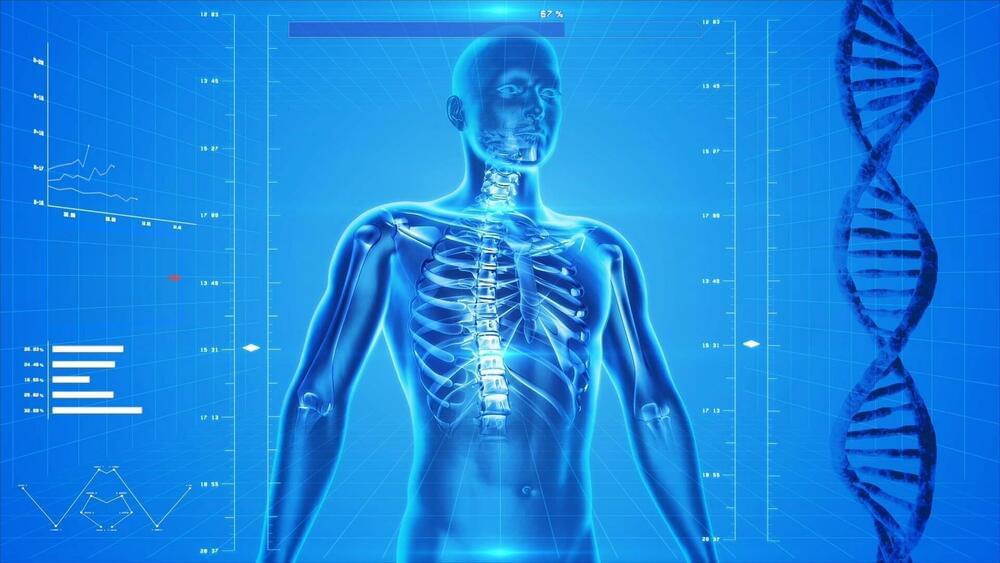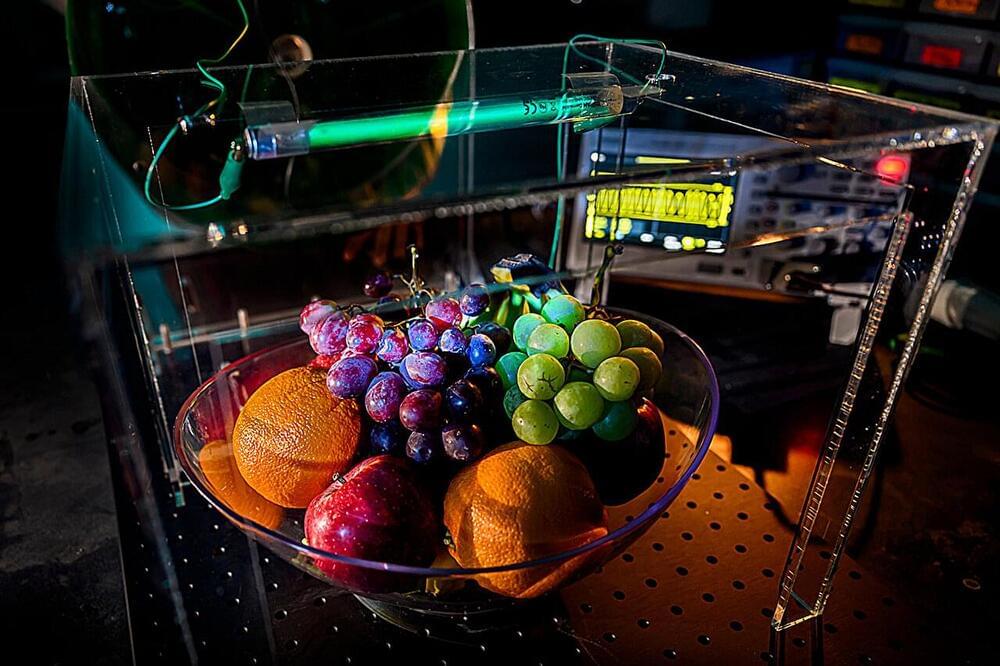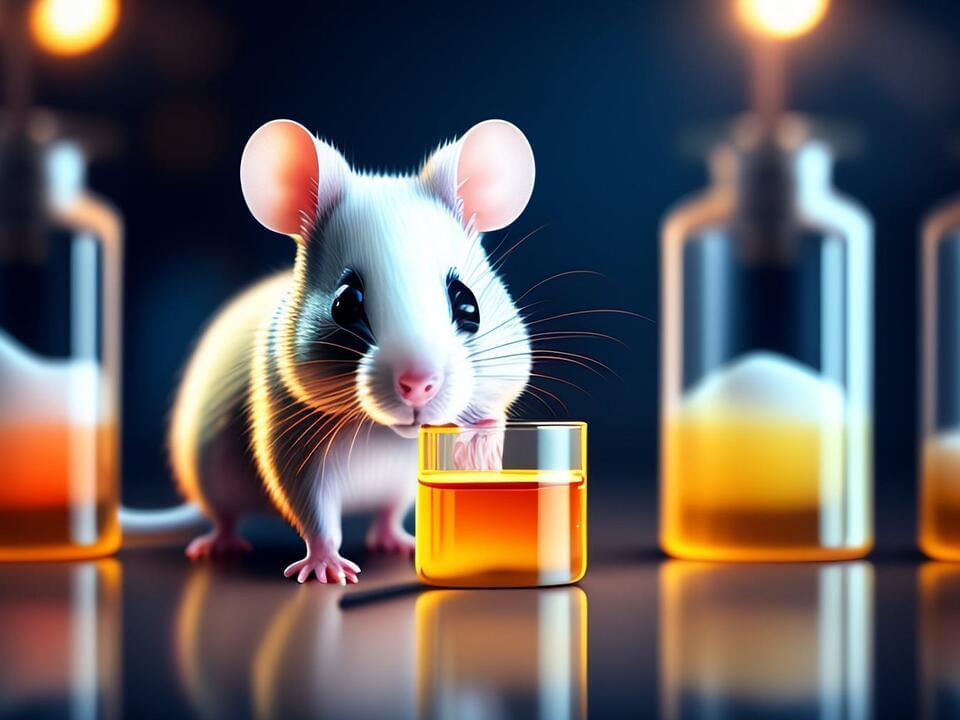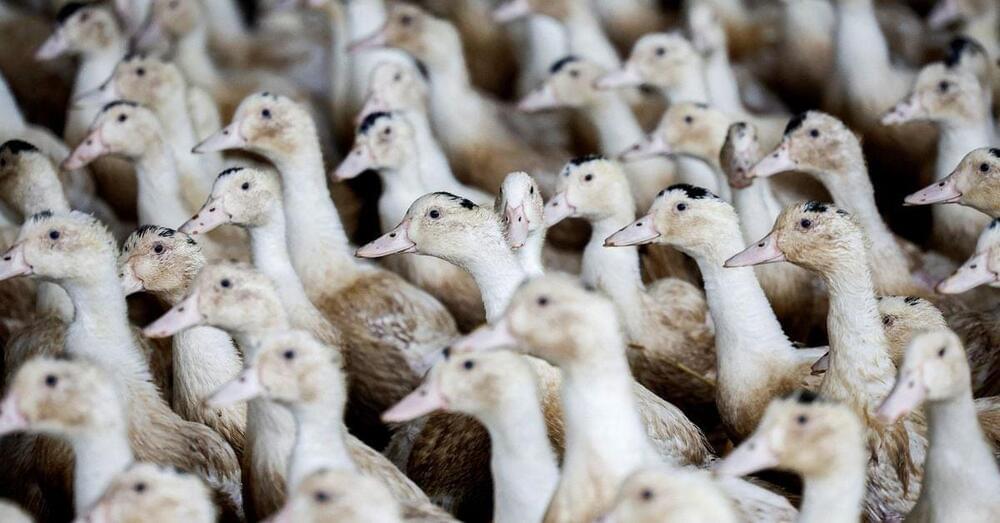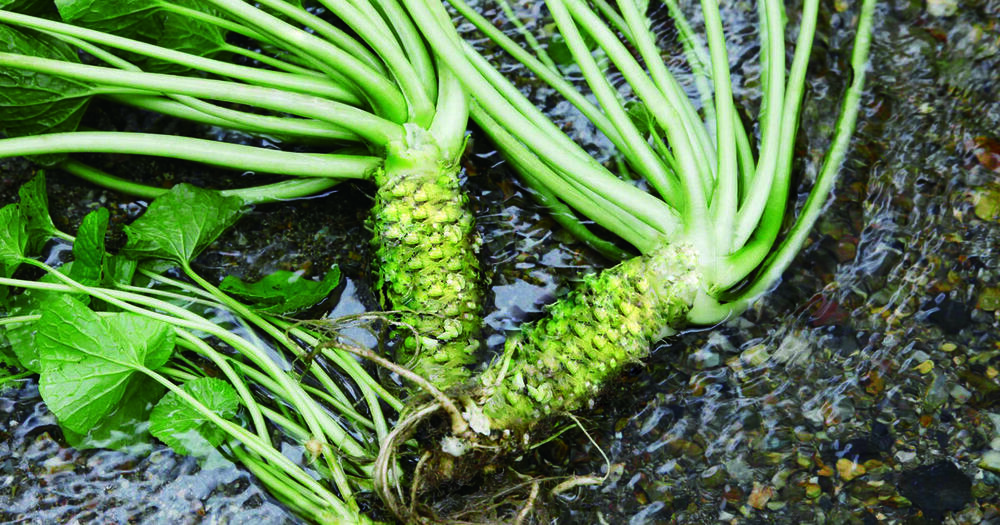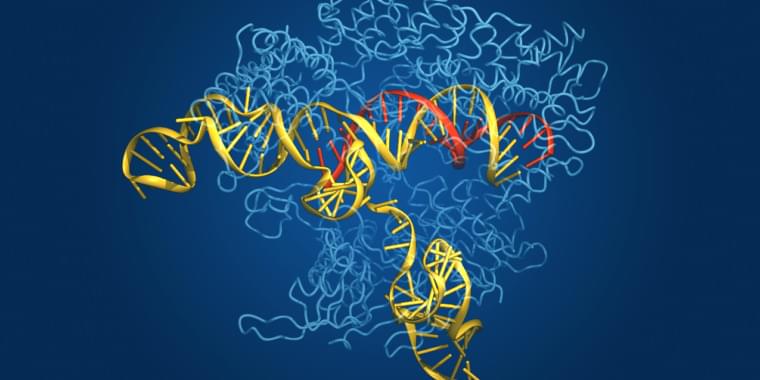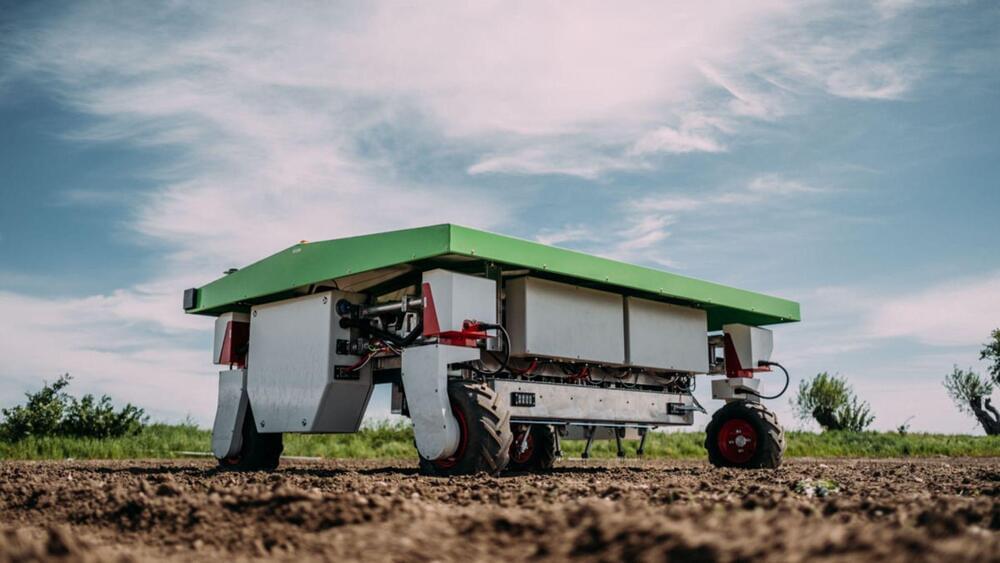Dec 7, 2023
PFAS exposure linked to decreased bone health in adolescents and young adults
Posted by Shubham Ghosh Roy in categories: biotech/medical, chemistry, food, health
Per-and polyfluoroalkyl substances (PFAS), manufactured chemicals used in products such as food packaging and cosmetics, can lead to reproductive problems, increased cancer risk and other health issues. A growing body of research has also linked the chemicals to lower bone mineral density, which can lead to osteoporosis and other bone diseases. But most of those studies have focused on older, non-Hispanic white participants and only collected data at a single point in time.
Now, researchers from the Keck School of Medicine of USC have replicated those results in a longitudinal study of two groups of young participants, primarily Hispanics, a group that faces a heightened risk of bone disease in adulthood.
“This is a population completely understudied in this area of research, despite having an increased risk for bone disease and osteoporosis,” said Vaia Lida Chatzi, MD, Ph.D., a professor of population and public health sciences at the Keck School of Medicine and the study’s senior author.
